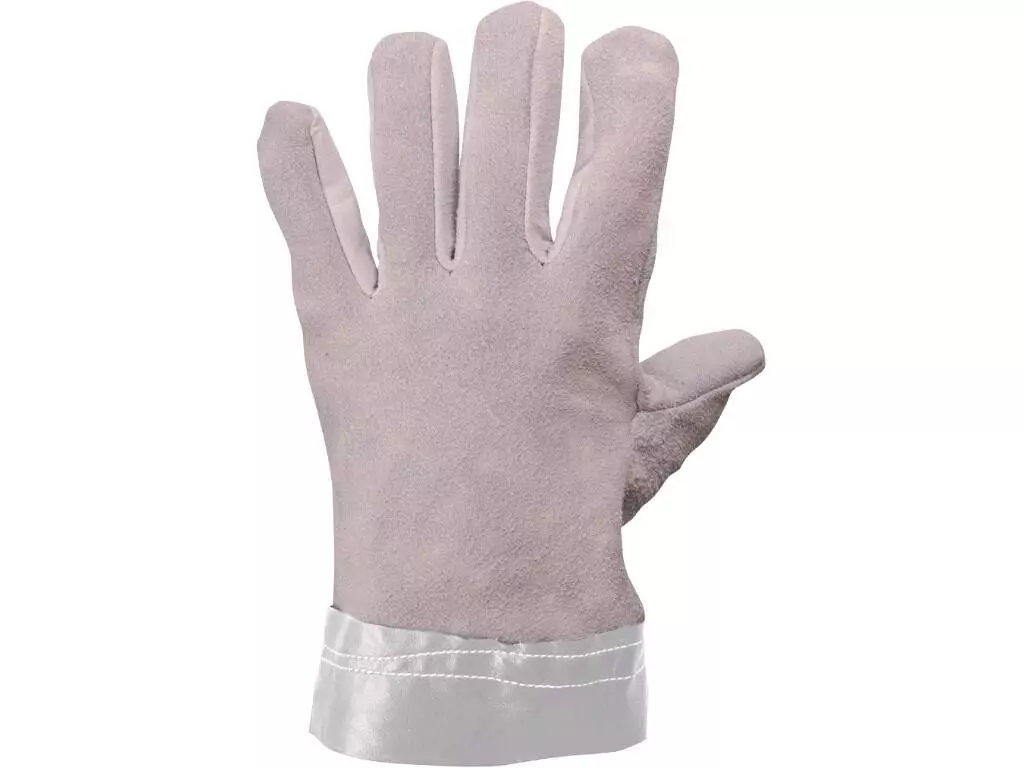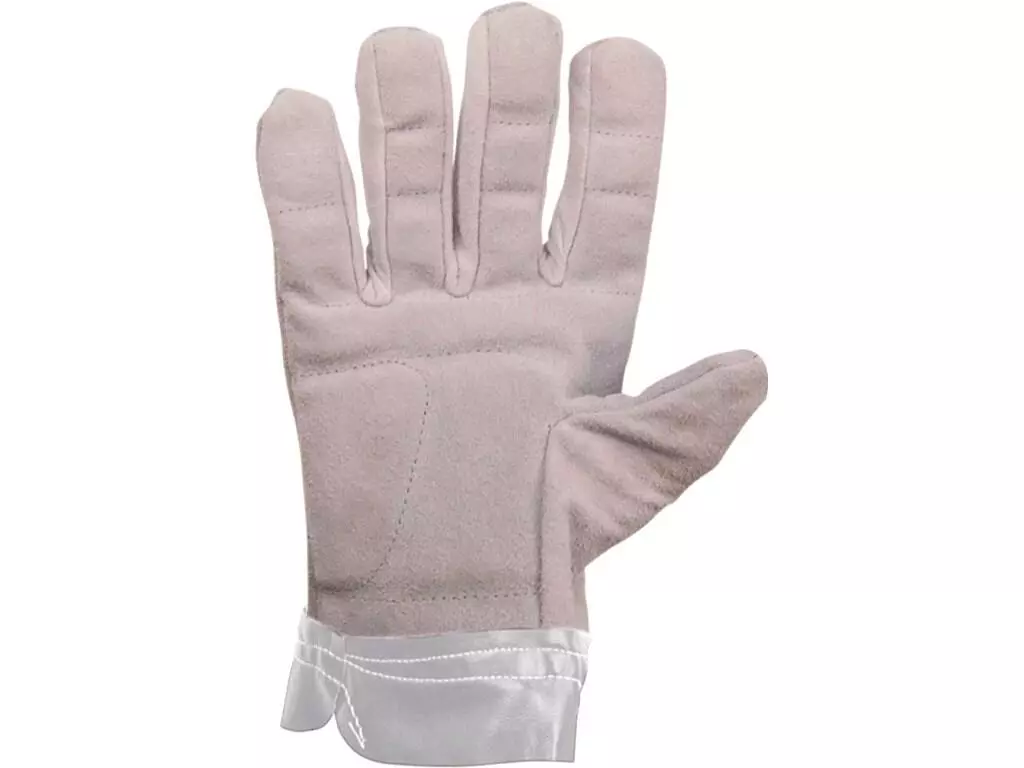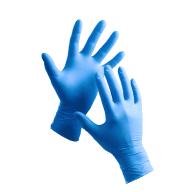Product description
Product Features:
- Leather gloves
- Tough leather cuff
- Poreten pads sewn in the palm for vibration reduction
Recommended application:
Plant care, working with grinders and hand tools, light industry, construction
About Antivibration Glove
Antivibration Gloves feature specialized padding that reduces harmful vibrations from power tools and machinery. These durable work gloves help prevent hand-arm vibration syndrome while providing excellent grip and control. Perfect for construction, manufacturing, and automotive industries where vibrating equipment is used regularly.
- Cut Resistant
- Hand Protection
Standards and labels
CXS delivery terms
Free delivery when you order more than 150,00 € from CXS
Supplier shipping fee 5,00 €
Brand minimum 50,00 €
Shipping fee is 5,00 € for orders under 150,00 €




